Vilnius with its charming old town is one of the most beautiful European cities, but still not included in the travel itineraries of tourists from all over the world. It is underestimated, but splendid, so much so that the old part of Baroque architecture has been included among the UNESCO World Heritage Sites.
Check out these amazing hotel deals!
- Save up to 30% on your hotel in Hawaii!
- Last-minute holiday hotel deals
- Top hotel deals for a new year trip
- Visiting Paris? Find the Best Deals & Reviews at TripAdvisor.
- Save 30% on hotels in Ocean City, Maryland...a TripAdvisor Top 10 Summer Destination!
- Save up to 30% on your hotel on your Winter Vacation!
- Find top-rated hotels at the lowest prices on TripAdvisor. Check rates now!
- Save up to 30% on hotels for a romantic getaway!!
Capital of Lithuania, this city is located on the border with Belarus and in 2009 was named the European Capital of Culture. Although it is still out of the most popular destinations, here you can breathe a lively, cheerful, positive atmosphere both in terms of culture and nightlife. Among the many attractions, here are the 10 things you absolutely must see in Vilnius in Lithuania.
Historic center
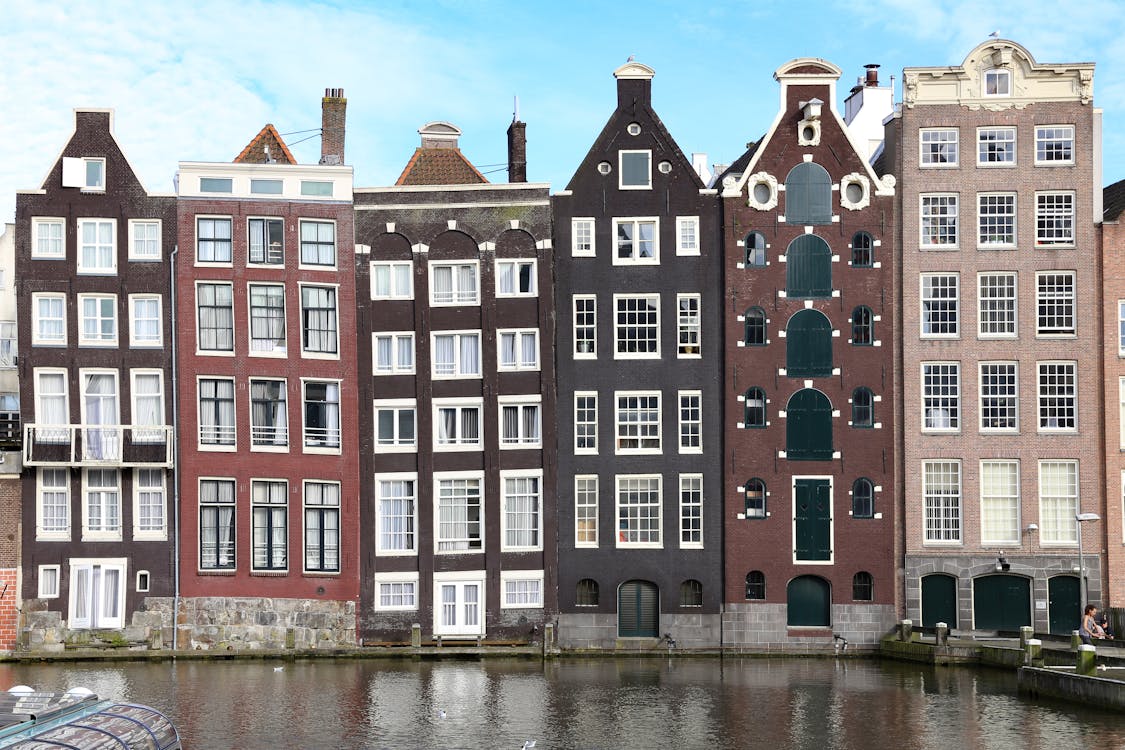
Credit: Meyer – pexels.com
Consisting of beautiful buildings, the historic center of Vilnius is characterized by several different styles: baroque, renaissance, gothic and neoclassical for an architecture with a unique charm that makes the city full of stimuli. The colors of the buildings are recognizable, almost a trademark as well as the style of buildings and churches that are certainly not lacking here and that are all worth a visit.
For a first approach to the city, the advice is to follow a tour of Vilnius with a local guide, to learn about the history, the highlights but also ask for advice for the rest of the stay. Alternatively, you can also take a more classic tourist bus tour.
The Cathedral
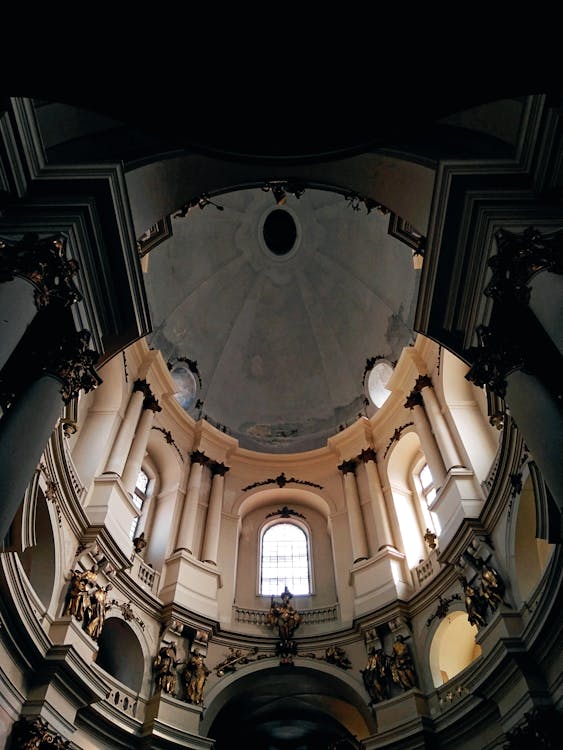
Credit: Vragova – pexels.com
Built between 1779 and 1793, the Vilnius cathedral is dedicated to Saints Stanislaus and Ladislaus. The style is neoclassical, but it is the result of alterations and reconstructions following various fires that destroyed the first “versions” of the cathedral dating back to the 13th century.
Furthermore, it is since 1922 the Pope has declared it a Basilica.
The bell tower in front of the building is curious and the chapel dedicated to San Casimiro is of notable beauty. Between these two sites is the Stebuklas, a stone that makes wishes come true if you go around it three times, at least according to legend.
The cathedral gives beauty to the square, where there is also the statue of Gediminas on horseback, the first Grand Duke of Lithuania and national hero.
The Castle and the Tower of Gediminas

Credit: Ispas – pexels.com
Of the real castle built in wood by the Grand Duke of Lithuania Gediminas, today only the remains remain, precisely the Tower of Gediminas. It was built in the 9th century, this building had the function of defending the city.
In 1400 a fire destroyed it and from that moment the walls slowly gave way without anyone rebuilding them anymore. The tower as seen was rebuilt in 1960 and now houses the National Museum of Lithuania. Don’t miss the visit from the top of the tower, Vilnius looks even more beautiful from there.
The hill on which the tower stands can be reached with a nice walk on foot or with a cableway in about a minute
The Hill of the Three Crosses
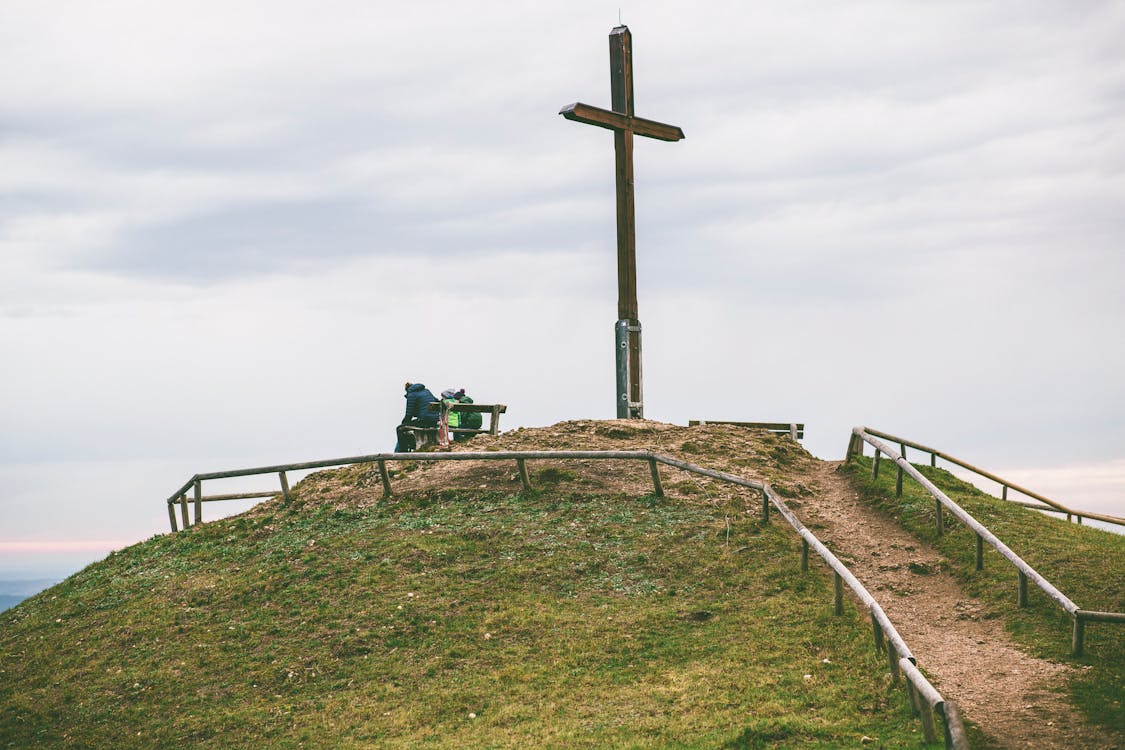
Credit: Spiske – pexels.com
The Hill of Three Crosses shows a truly suggestive panorama and represents the religiosity of the Lithuanian people. The white crosses monument is said to date back to the 17th century when it was placed on the hill in honor of seven Franciscan monks brutally killed on the Vilnia River.
In reality, the true story behind the 3 crosses is not known, and it seems that that of the 3 monks is a legend.
The monument is placed in Kalnai park, behind the Gediminas Tower. It is a good hike to reach the top. This can be reached from a wooden staircase on the bank of the Vilnia river or from the road that runs alongside the Neris river (via T. Kosciuškos gatvė)
Bernardini Garden

Credit: Mas – pexels.com
The Bernardini Garden (Garden of the Bernardini) is also located on the hill, near the Castle, and is a small public park with a garden that is worth a visit. The atmosphere is pleasant and the plants it guards are interesting. Perfect for a walk or a little rest before setting off to explore the city.
Jewish quarter
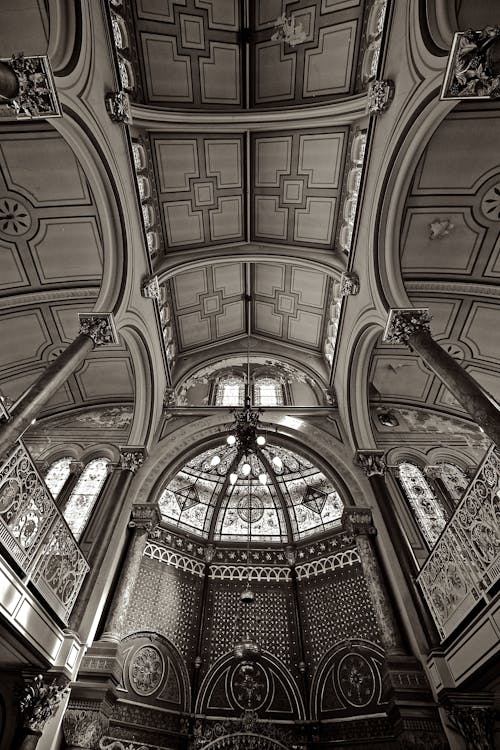
Credit: Pixabay.com
Even for Lithuanians, history in the time of Nazism was not sweet. Before 1941, when the Nazis managed to enter Vilnius, the city was called the Jerusalem of Lithuania precisely to emphasize the strong presence of Jews.
Two ghettos were built: the large one and the small one. Gradually, after the country’s independence, the neighborhood was also redeveloped. Today of the original buildings only the Choral Synagogue remains because all the others were destroyed by the war first and then by the Soviets.
To learn the stories in addition to the iconic buildings, the advice is to visit the neighborhood on a walking tour, which will take you through the winding streets of the neighborhood and will also tell anecdotes such as the story of the famous Jewish scholar Vilna Gaon.
Discover the stories of the characters in the glass district: the glass district is one of the main arteries of the Jewish quarter. In this ghetto, the historical memory of the old inhabitants lives on in the walls, with street artworks that reconstruct some episodes of the past.
Church of Sant’Anna
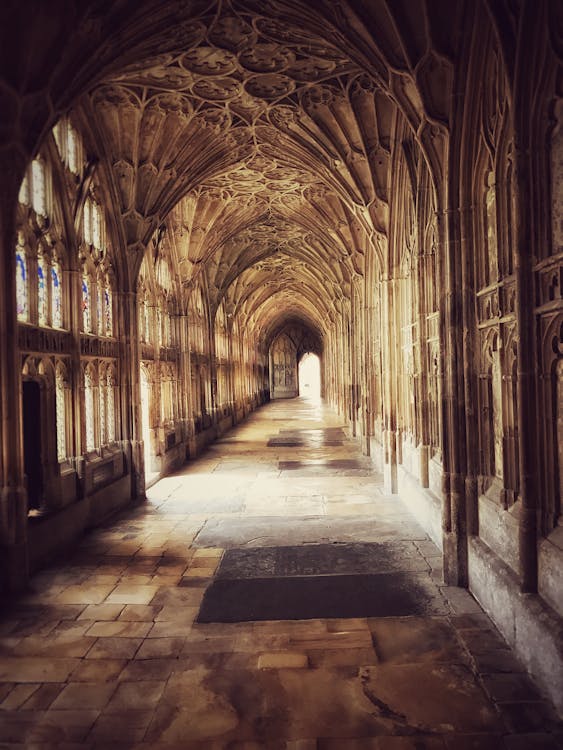
Credit: Pixabay.com
The original version of the church of Sant’Anna was built in 1394 by King Vytautas for his wife Anna, from whom it takes its name. What we see today is the result of a renovation that took place in 1582 and then again in the early 1900s.
Its flamboyant Gothic architecture with the typical red bricks makes it one of the symbols of the city. It appears to have been made using 33 different types of colored bricks.
Museum of the Genocide
Already particularly its headquarters, that of the former Soviet KGB (the political police of the Regime), the Genocide Museum is a strong stop, but inevitable if you decide to take a trip to Vilnius.
A historical journey that traces the painful persecution of the Lithuanian people through photos, videos, objects of the time and that reaches the basement where the prisons, the places of torture, and those of executions are located.
Uzupis district

Credit: Silva de Oliveira – pexels.com
Colorful and lively, the Uzupis district is the most cheerful, bohemian, and expensive district of the city where artists of all kinds meet, from painters to sculptors, from writers to musicians. It is a bit like the Parisian Montmartre and is considered as a real Republic in itself made up of artists.
Every day exhibitions, festivals and cultural events are organized which are always very popular. Far from its origins as an infamous neighborhood populated by prostitutes and criminals, today it is inhabited by about seven thousand people, almost entirely artists. It overlooks the banks of the Vilnia.
Come to think that in 1997, Uzupis declared itself an independent state and has its president, a coin, even a hymn, and its constitution, posted on a neighborhood wall.
Botanical Gardens
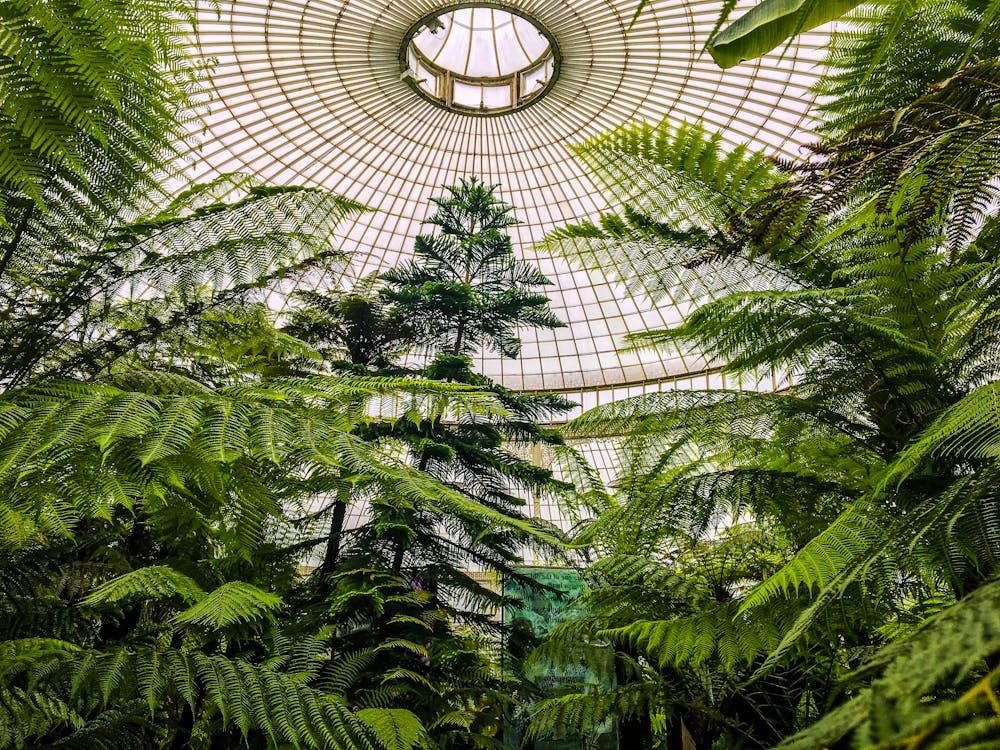
Credit: Jason – pexels.com
The Botanical Gardens of the University of Vilnius represent one of the stops of the journey because they are very beautiful and pleasant to visit.
On the weekend of married couples who choose the gardens as the location of their wedding photos. The plant species are numerous and divided by precise paths that allow the visit to the whole area. Also perfect for children because it is safe. It is a real oasis of peace.
5 things to do in Vilnius
Visit Trakai and its Castle
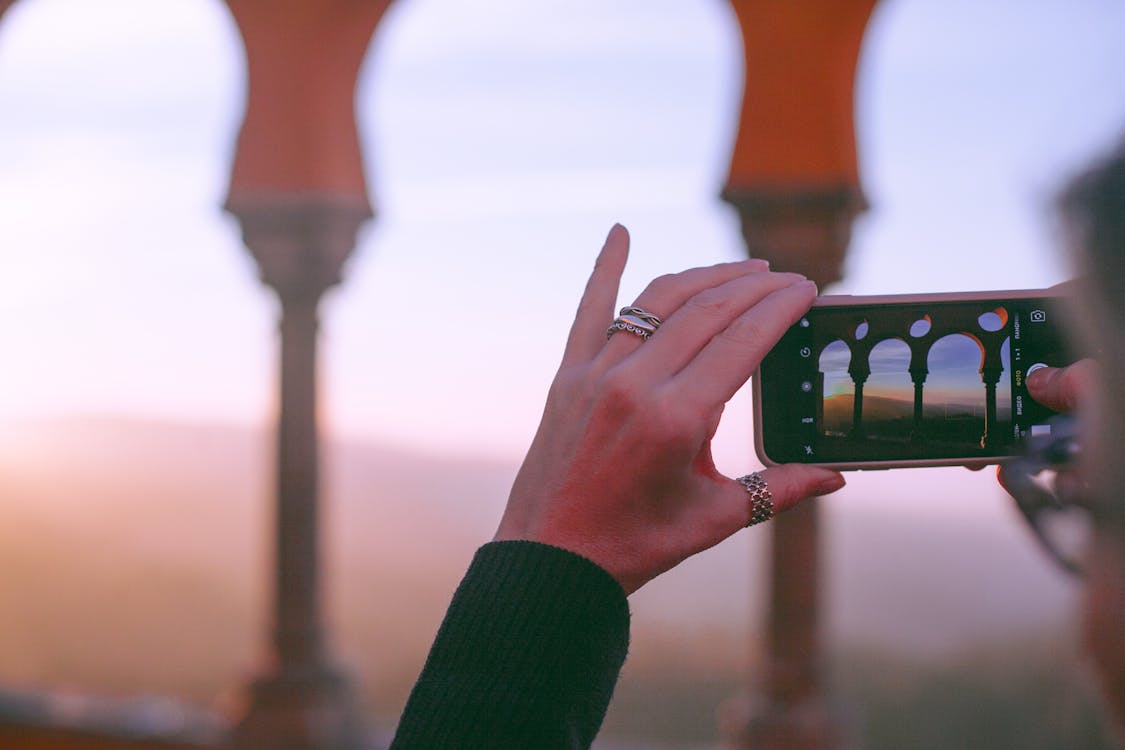
Credit: Orlova – pexels.com
An adventurous, medieval, and super romantic experience! In Trakai, about 30 km from Vilnius, there is one of the most beautiful castles in Europe, on an islet of Lake Galvé connected to the land by a small isthmus of land. It is one of the most Instagram-worthy places in Lithuania (guided trips from Vilnius from € 40.00)
Fly over the city in a hot air balloon

Credit: Elliott – pexels.com
The historic center of Vilnius, with its medieval layout, its churches, and its characteristic neighborhoods, will have a whole other charm from above photographed from a hot air balloon!
Kayak on the Vilnelè river or gondola on the Neris river

Credit: Castellanos – pexels.com
If you love natural experiences and waterways, you can’t miss the experience of paddling in a kayak on the winding and unpredictable Vilnelè! For the more romantic, try a gondola ride on the Neris River
Have a drink on a railway track
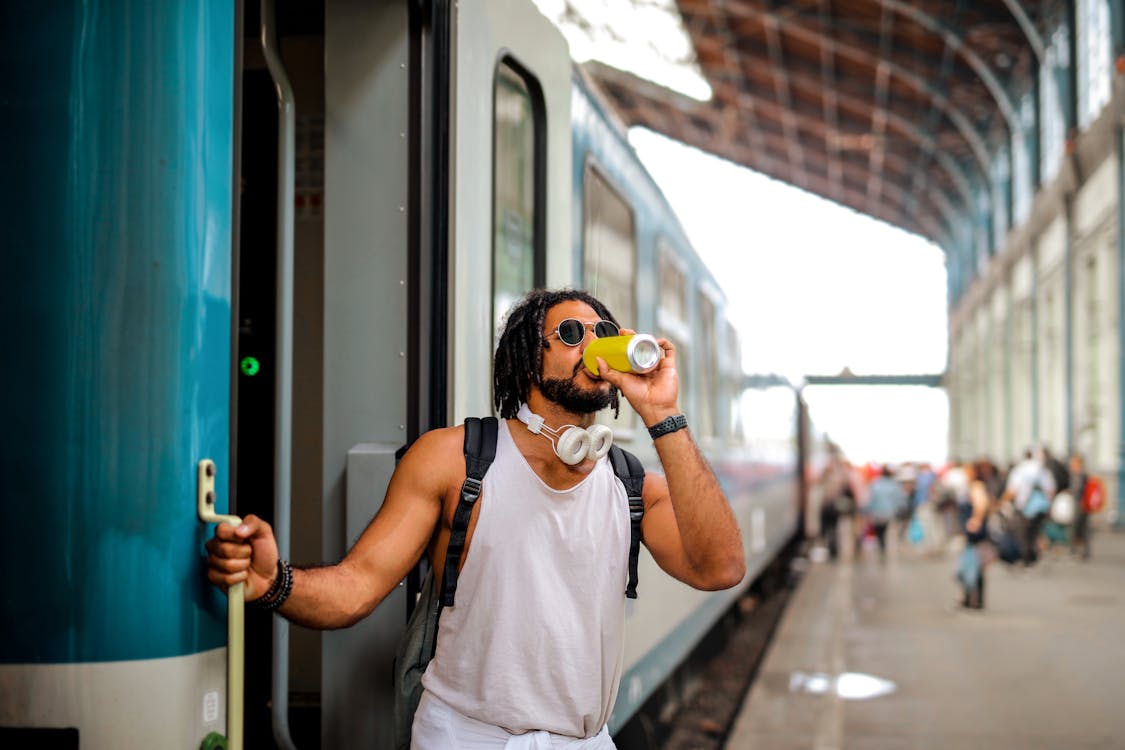
Credits: Piacquadio – pexels.com
The nightlife in Vilnius is truly original! From the Golden Triangle area to Savičiaus street, you will find exceptional clubs and cocktail bars! A place not to be missed? the Peronas, a local on a railway track!
Discover the street art of the city
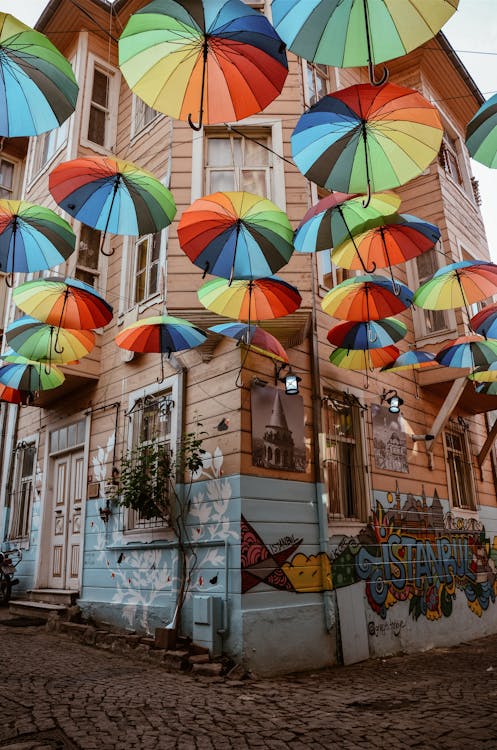
Credit: Ekrulila – pexels.com
Vilnius is full of street art. The places to admire urban art are the banks of the Neris river near the Žirmūna bridge, the district of the railway station with the mural by Brazilian artists Os Gemeos, the Halės market with the murals of the Italian artist Milo, the district of glass in the Jewish ghetto.
Staying in Vilnius
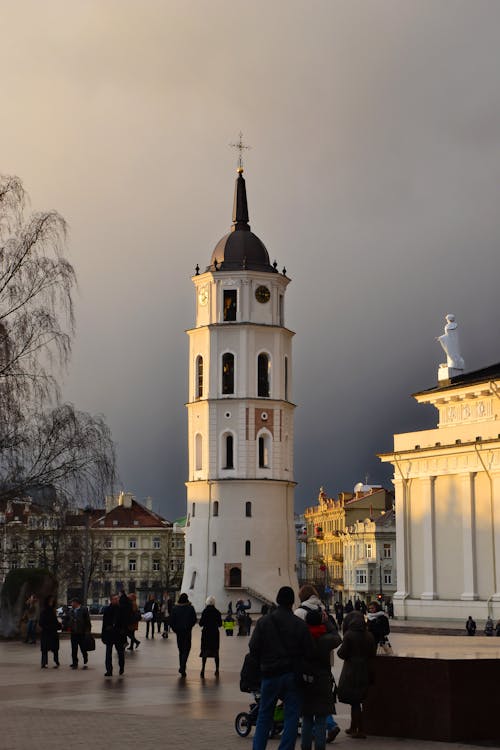
Credit: Lu – pexels.com
Although not yet a city besieged by tourists, is simple and certainly inexpensive. If you decide to sleep near the old city, you can spend € 40.00 in a double room in a nice hotel.
As for transport, once you arrive from the airport or train station, which is quite well connected by buses and shuttles, the city center (which is mainly the historical one) is easily explored on foot. If you don’t like walking, you can rely on buses, the most used lines are 1 and 2. Taxis are also not expensive.
Check out these amazing hotel deals!
- Save up to 30% on your hotel in Hawaii!
- Last-minute holiday hotel deals
- Top hotel deals for a new year trip
- Visiting Paris? Find the Best Deals & Reviews at TripAdvisor.
- Save 30% on hotels in Ocean City, Maryland...a TripAdvisor Top 10 Summer Destination!
- Save up to 30% on your hotel on your Winter Vacation!
- Find top-rated hotels at the lowest prices on TripAdvisor. Check rates now!
- Save up to 30% on hotels for a romantic getaway!!
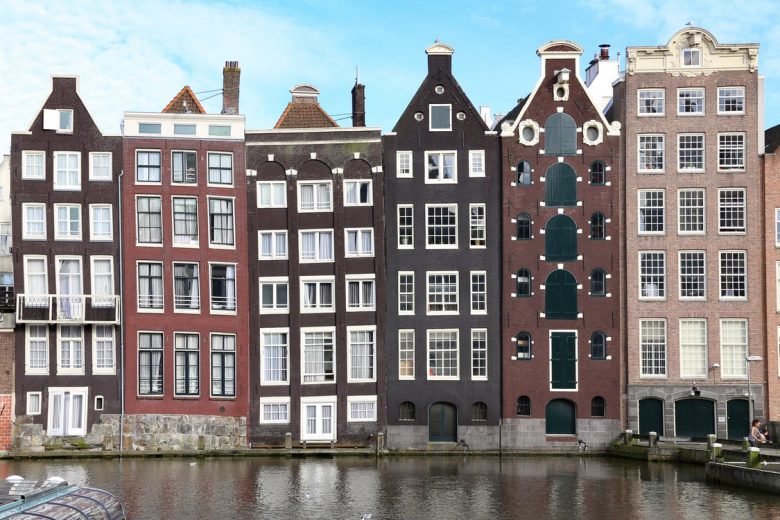

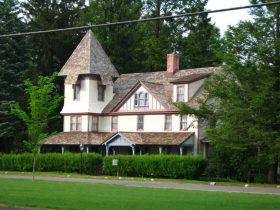

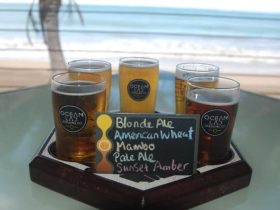
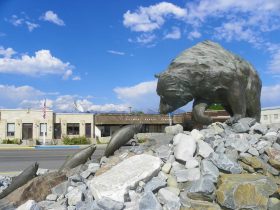
Find Us on Socials